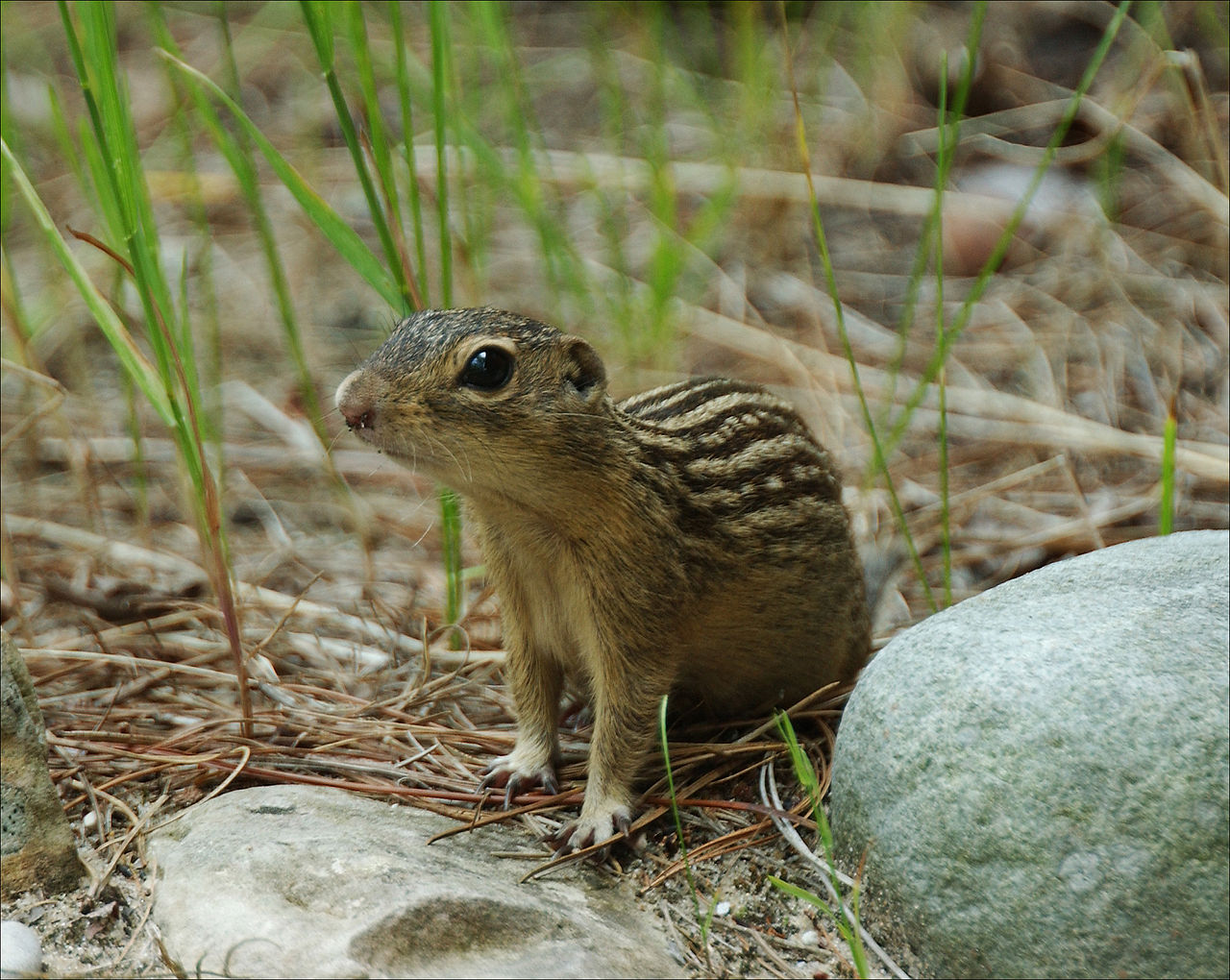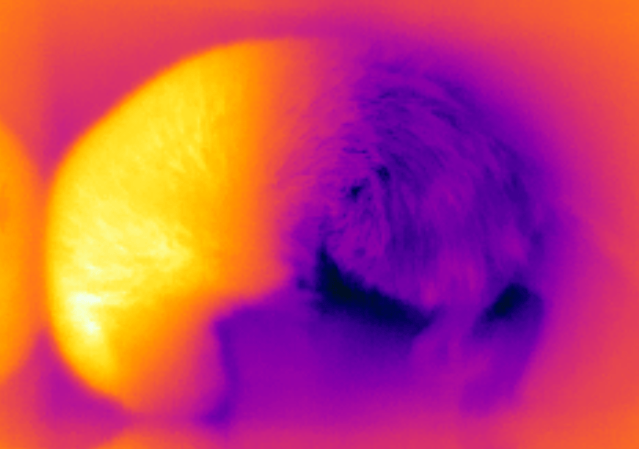
For small mammals, winter at northerly latitudes poses a double threat: cold temperatures require elevated metabolism to maintain a body temperature of 37oC, while scarce food availability makes fueling that elevated metabolism especially difficult. There are different strategies for tolerating these harsh conditions, and one is hibernation. Hibernation is effective in this role because its hallmark trait, a profound depression of metabolism called torpor, enables the hibernator to abandon its 37oC body temperature and survive up to 9 months without eating, relying instead on its prodigious fat stores. Torpor therefore deals with both winter threats simultaneously.
But a hibernator can spend only so long in torpor before it needs to reset certain functions that slowly drift from regulated levels. Consequently, all small hibernators arouse from torpor every 10 or so days, raising metabolism and body temperature to typical summertime levels for 12 or so hours before falling back into torpor. During these arousals, some hibernating species, such as chipmunks, nibble on food they had the forethought to stash in their hibernaculum prior to hibernation; other species, such as the 13-lined ground squirrel, forego eating and spend the arousal period sleeping (sleep and torpor are different physiological states). In either case, the hibernator must ramp up metabolism 400-fold in very short order – the metabolic equivalent of getting a train moving.

Infrared photo of an arousing ground squirrel. Picture courtesy Matthew Regan.
While trains use diesel to fuel their locomotion, hibernators use fats to fuel their metabolism throughout the hibernation season. This is because fats function as highly efficient energy storage molecules, packing more than twice as much energy into each pound as either carbohydrates or proteins, the two other major metabolic fuel types. Hibernators, therefore, pack on enough fat before winter to support their metabolism, both torpid and aroused, throughout hibernation. For non-food-caching species who forego eating the entire winter, this means a near doubling in body weight. But while fats are effective energy storage molecules, they are relatively slow to burn compared with carbohydrates and may therefore not be ideal for the huge burst in metabolism required during the early phase of arousal. We recently investigated exactly how hibernating 13-lined ground squirrels fuel this critical phase.
To measure fuel use, our team analyzed the carbon atoms in the CO2 exhaled by the ground squirrel. Generally, carbon atoms come in two natural forms: 12C and 13C. 99% of carbon atoms are 12C; however, different chemical compounds accumulate 13C carbon atoms to different extents. Fats, for example, accumulate less 13C than do carbohydrates, and because the carbon in a metabolic fuel ultimately ends up as CO2, an animal burning fats will exhale CO2 with a lower 13CO2:12CO2 ratio than an animal burning carbohydrates. When we measured this ratio in arousing ground squirrels, we found it was relatively high for the first hour of arousal before falling to levels indicative of full-on fat burning. This confirmed that the squirrels were supplementing their fats with a non-fat metabolic fuel during early arousal, and careful analysis of metabolic fuels and products in the blood at different points throughout arousal revealed this supplemental fuel was likely carbohydrates.
As our team measured fuel use, we also captured infrared images to reveal how the squirrel’s body surface temperature changed over the course of arousal. Initially, the body surface was a chilly 8oC, representative of the squirrel’s torpid metabolic rate. As the squirrel aroused from torpor, surface temperatures increased, though in a prioritized fashion. First to warm was the shoulder blade region where the squirrel houses a specialized heat-producing organ called the brown adipose tissue. Next were the head and thoracic regions, homes to the all-important brain and heart which coordinate metabolic activity and pump newly-warmed blood throughout the body during arousal, respectively. Last to warm were the less important regions such as the rump and limbs.
Interestingly, the maximal warming rates occurred about 70 minutes into arousal, the same point at which the squirrel’s breathing reached its peak of 180 breaths per minute. Because the source of body heat is burning metabolic fuels, and because breathing supplies the oxygen that is necessary to burn those fuels, 70 minutes represented the point of maximal metabolic rate, and thus, fuel use rate. The squirrels were burning exclusively fats by this point, but up until then, had been supplementing those fats with carbohydrates. This suggests the fast-burning carbohydrates were used to kindle the metabolic fires, and, once these fires were raging, the squirrel switched over to full-on fat burning. With lots of fats to burn but few carbohydrates, this strategy conserves carbohydrates for when they are needed most.
Unlike 13-lined ground squirrels, humans have not evolved to use torpor. Many areas would benefit from our ability to do so, however. For example, lowering metabolic rate following an ischemic injury such as stroke or heart attack would slow the rate of tissue damage and afford doctors substantially more time to administer treatment. It would also mitigate numerous challenges of long duration human spaceflight such as continuous exposure to ionizing radiation and limited spacecraft mass, volume, and power capacities. These theoretical benefits underlie burgeoning efforts towards translating naturally evolved torpor mechanisms to animals that do not naturally use torpor, such as humans.
The better we understand the mechanisms animals like the 13-lined ground squirrel use to naturally induce and reverse torpor, the quicker we can develop technologies to safely induce these metabolic states in humans. It may be that, like ground squirrels arousing from natural torpor, humans arousing from “synthetic torpor” will require carbohydrates to rekindle their own metabolic fires.









